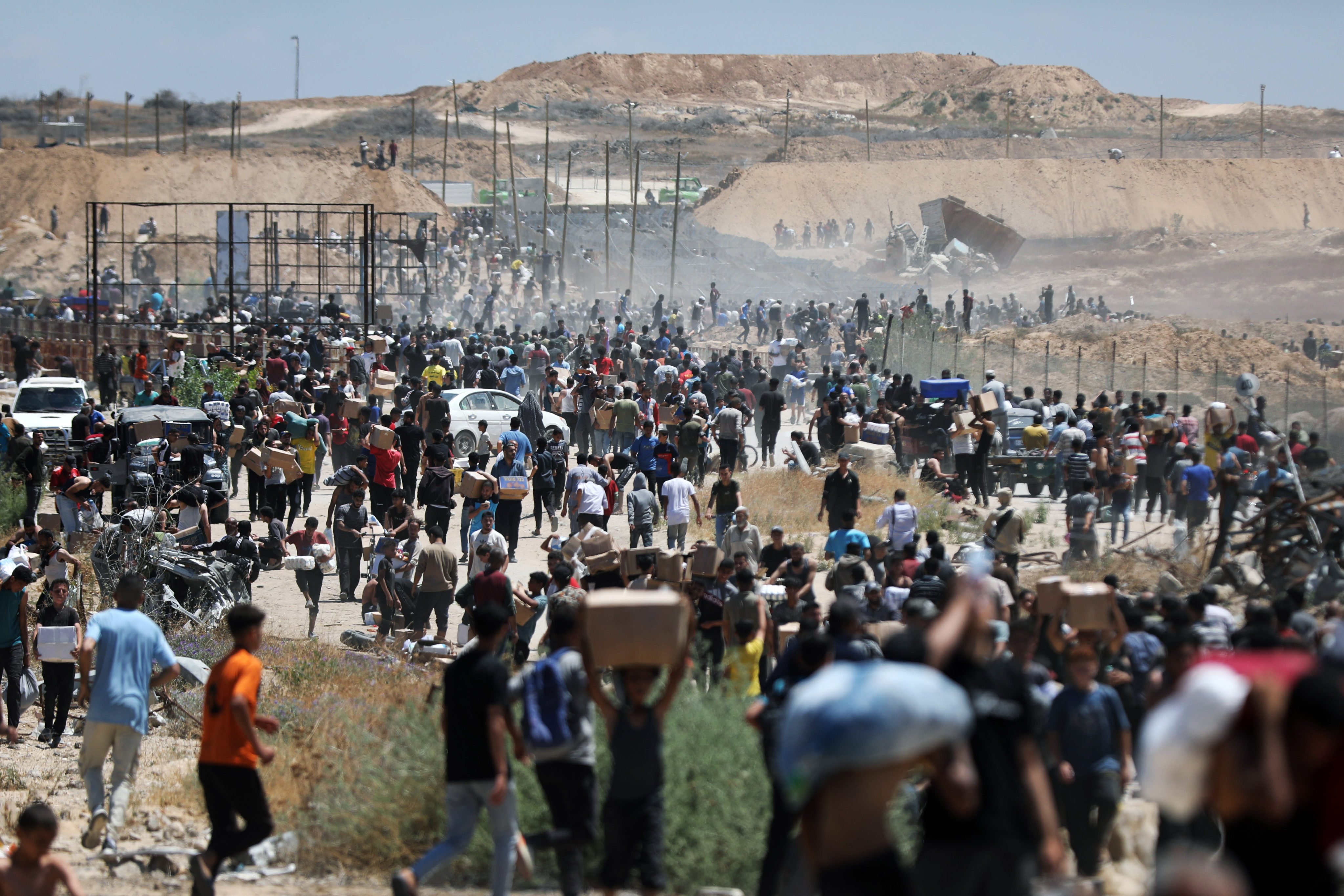
Introduction
The United States has proposed a groundbreaking 60-day ceasefire plan for Gaza Gaza ceasefire, aimed at ending months of violence and humanitarian devastation. According to a leaked document seen by Reuters, the plan calls for the release of Israeli hostages in exchange for Palestinian prisoners and outlines a staged redeployment of Israeli forces Gaza ceasefire.
Key Elements of the US Ceasefire Proposal
- Immediate ceasefire and halt of all military operations by Israel
- Release of 28 Israeli hostages (alive and deceased) in the first week
- Exchange for 1,236 Palestinian prisoners and 180 deceased Palestinians
- Humanitarian aid to flow into Gaza via the UN, Red Crescent, and others
- Deployment of aid coordinated by the Gaza Humanitarian Foundation
Mixed Reactions from Key Stakeholders

While Israel has reportedly accepted the proposal, Hamas remains cautious. The group criticized the deal as lacking guarantees for ending the war and called for a full withdrawal of Israeli troops.
Hamas official Basem Naim said the plan “fails to meet any of the just and legitimate demands of our people,” but the leadership is reviewing the proposal thoroughly.
Humanitarian Crisis Deepens
According to the United Nations OCHA, Gaza remains “the hungriest place on earth,” with minimal food aid entering due to ongoing restrictions. Over 54,000 Palestinians have died since Israel’s military operation began, following the Hamas attack on October 7, 2023.
The UN and multiple European governments have ramped up pressure on Israel to allow full humanitarian access, with France threatening a hardline stance if blockades persist.
Diplomatic Maneuvering and Political Stakes
The ceasefire plan is backed by President Donald Trump and mediated by Egypt and Qatar. Trump’s envoy, Steve Witkoff, expressed optimism, saying the deal could lead to a “long-term peaceful resolution.”
However, critics argue that the deal echoes Israeli demands too closely, with Hamas reiterating its refusal to disarm or relinquish political control in Gaza.
What Happens Next?
If the plan is approved by both parties, Israel will gradually redeploy troops and stop military actions. If negotiations for a permanent ceasefire aren’t completed in 60 days, the temporary truce may be extended.
The coming days will be critical. Both Hamas and Israel are under intense scrutiny—one to accept concessions for peace, the other to ease restrictions and allow aid into a starving territory.
Conclusion
The proposed 2025 Gaza ceasefire plan represents the most ambitious effort yet to end the conflict. While the humanitarian benefits are undeniable, political distrust and clashing objectives threaten its success. The world watches as a fragile window for peace opens, hinging on bold diplomacy and mutual compromise.
Stay updated with our live coverage and full Middle East reports .









